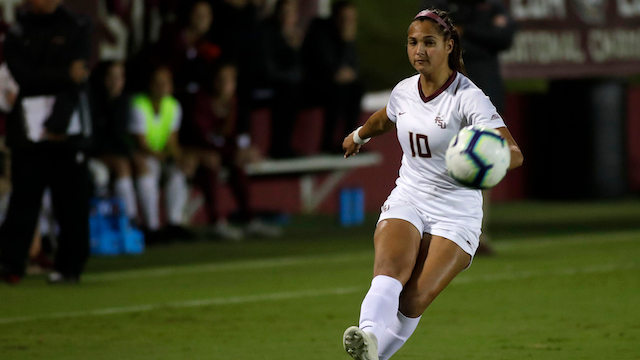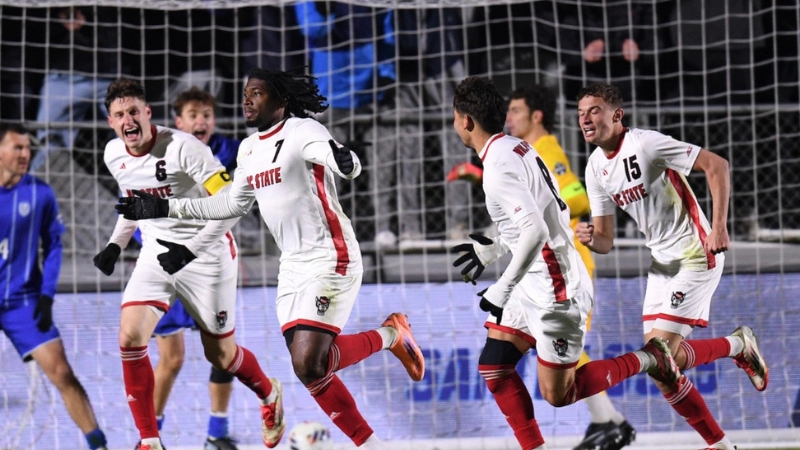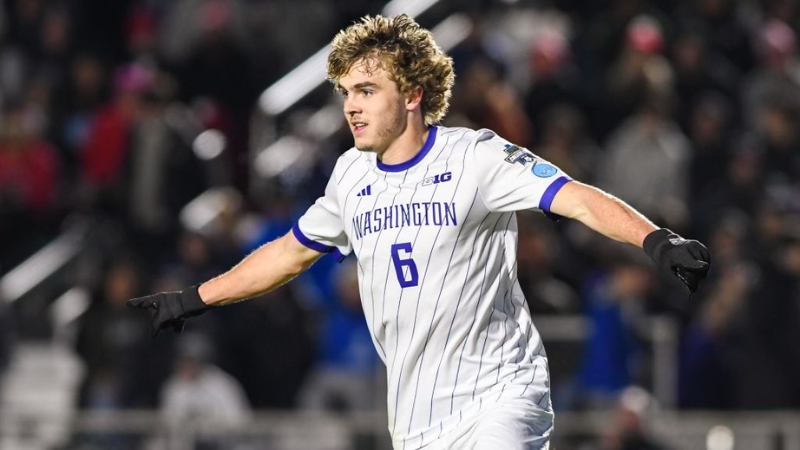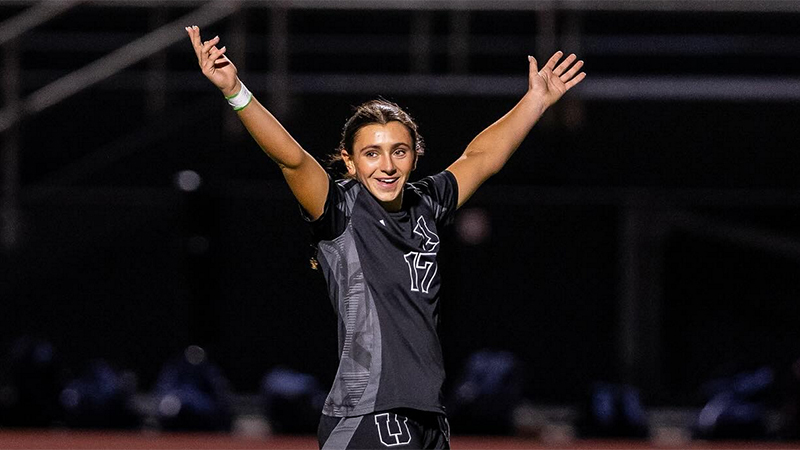Is the NIL college soccer's saving grace?

What if the NIL was the saving grace of college soccer?
In 2019, the NCAA Board of Governors began discussing legislation regarding the commercial use of student-athlete name, image, or likeness (NIL) for legislation in response to laws going into place in California and Colorado (with other states also moving forward with similar legislation). In April of 2020, the NCAA released their recommendations on the legislation with the group moving toward allowing student-athletes to be paid for sponsorships and endorsement deals as early as the 2021-2022 school year.
The initial reaction to the NIL rule was that it would have minimal impact on college soccer. With the COVID-19 pandemic shining a new light on college budgets (especially athletic ones), the idea that NIL legislation could hurt the livelihood of non-revenue sports has been speculated.
However, Southern Utah Professor David Berri told the Washington Post that the elimination of sports already (like the Cincinnati and App State Men’s Soccer programs) speaks more to athletic directors using this time as an excuse.
“If the program was viable before this took place, then it will be viable after this takes place,” Berri told the Washington Post in April. “So that suggests to me [that] what’s going on here is athletic directors are using this as an excuse. I just don’t buy the argument that in response to a temporary crisis you need to cut an entire program. If you were interested in cutting things, there are things in football and men’s basketball that you could cut.”
Berri’s suggesting that Athletic Directors view certain sports as liabilities rather than looking at the value of certain sports to communities, universities, and the students. When men’s soccer coaches pushed for the change in Division I programs to move it toward the 21st Century Model, there was a discussion about how coaches could improve marketing and viability of their programs with the move to a 10-month season.
The vote for that move has been put on hold, but it could be another element of marketing that changes the game for college soccer. The NIL could be the saving light for attracting top domestic and foreign talent to college soccer in the future. FiveThirtyEight published an article on Monday about the University of Nebraska embracing NIL and helping students with their personal brands.
If viewed through a historic lens, NIL looks like it will take money away from athletic departments. However, social media is the game-changer that required NCAA to put something like NIL in place. Student-athlete across the country are growing their following and brand on platforms like Twitter and Instagram every day.
Even in a state like Nebraska where many would believe that football is life, women’s volleyball player Lexi Sun is actually the athlete with the biggest following on Instagram, according to FiveThirtyEight.
Nebraska has partnered with Opendorse to help student-athletes benefit from this new legislation that is still a year away. Opendorse is an athlete marketing program that is designing specific plans for each sport. Nebraska already lists the instagram and twitter handles for players on the school athletics website.
FiveThirtyEight asked Opendorse how much some of the top followed athletes in every sport would make per post. Sun, the volleyball player, could potentially earn up to $1,160 per post thanks to her over 70,000 followers. Hannah Davis, the recent transfer, is the most popular member of the soccer team. Opendorse said that she could make $47 per post with her following of over 5,000 people.
Those numbers might not seem like much, but this is before Opendorse has worked with the athletes much to help grow their brand in this arena. Also, this is the Nebraska program only that FiveThirtyEight wrote about in detail.
Former Florida State star Deyna Castellanos has 1.4 million followers on Instagram. The international celebrity is playing in a different universe than most in the college game, but she is an example of why college soccer can greatly benefit from NIL.
Castellanos would have been taking in a sizable income annually off her Instagram posts (if she elected to do that) while also receiving an education from Florida State - assuming the NIL moves forward as it is currently recommended.
She could be the blueprint for the future, as players weigh the options ahead of them during these uncertain times. There are more opportunities for women’s soccer players at the professional level than before, but college soccer adapting to the current climate and allowing players to profit off of their name, image, and likeness could give programs a huge boost.
Ashley Sanchez (20,500 instagram followers) and Sophia Smith (26,500 instagram followers) both left school early during this offseason to begin their professional careers. Current reigning National Player of the Year Catarina Macario has nearly 10,000 Instagram followers.
Soccer players are popular and now there is an opportunity for them to use their platforms for financial benefit while still going to school and earning a degree. The NIL could be the catalyst to propel the game forward for many decades to come as players view that kind of win-win-win situation as impossible to beat.
Headlines
- Recruiting Roundup: December 8-14
- High School All-American Games Stream
- How Do I Get Scouted by TopDrawerSoccer?
- 2026 Women's Division I Transfer Tracker
- NC State Advances to First College Cup Final
- Washington Dominates College Cup Semifinal
-
GA Showcase/Champions Cup Goal Scorers

- TopDrawerSoccer TeamRank Update - Boys
-
High School All-American Game Preview

-
ECNL Girls New England Players to Know




